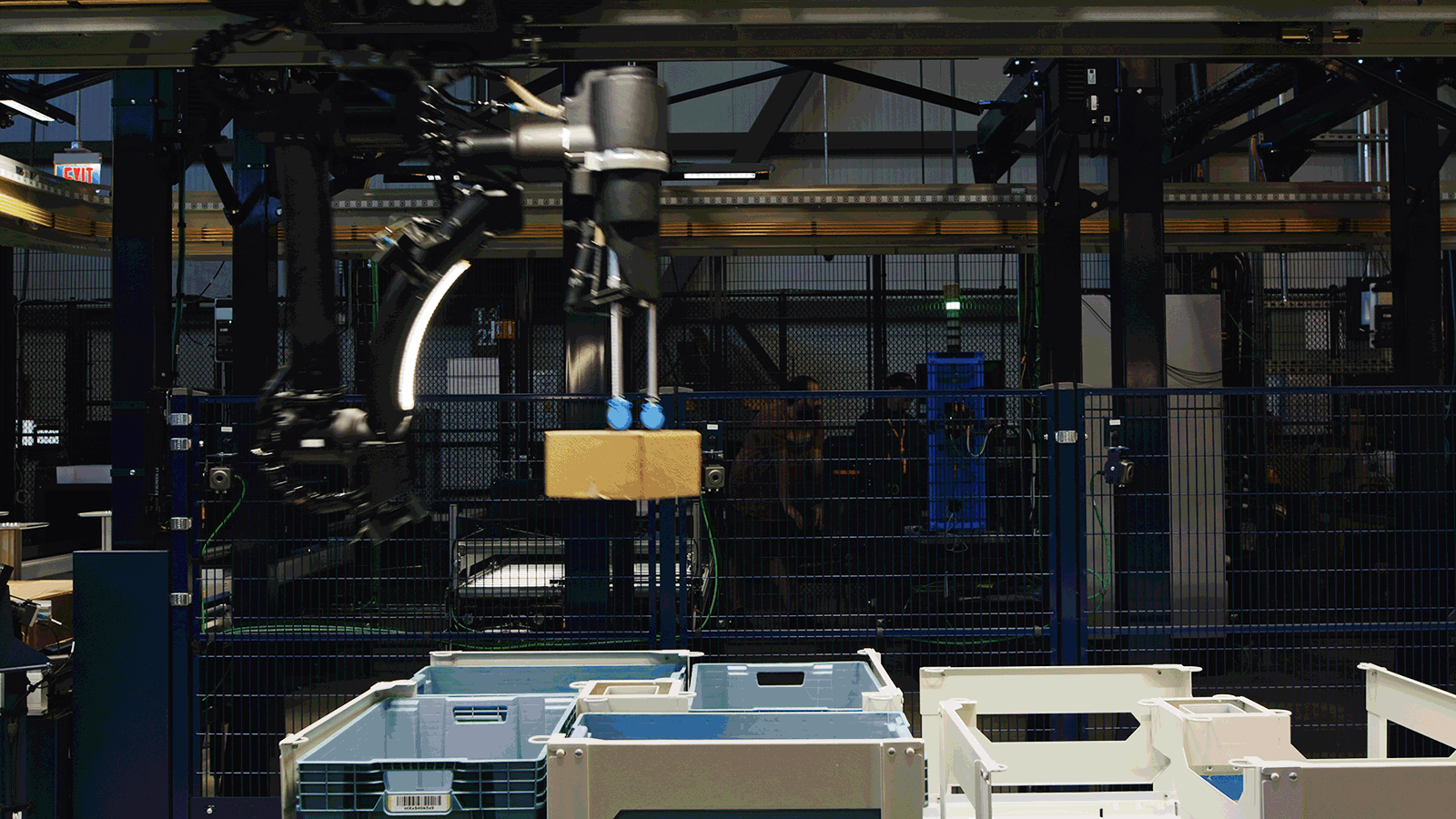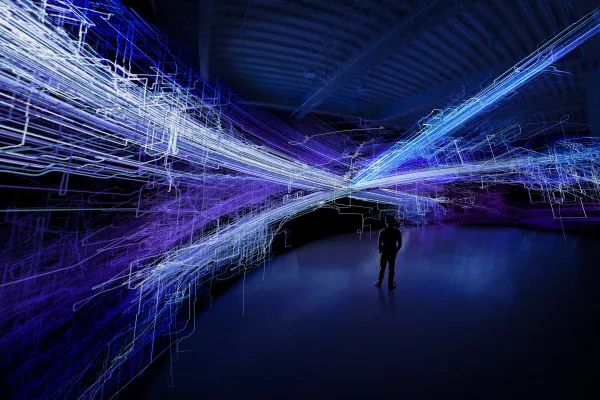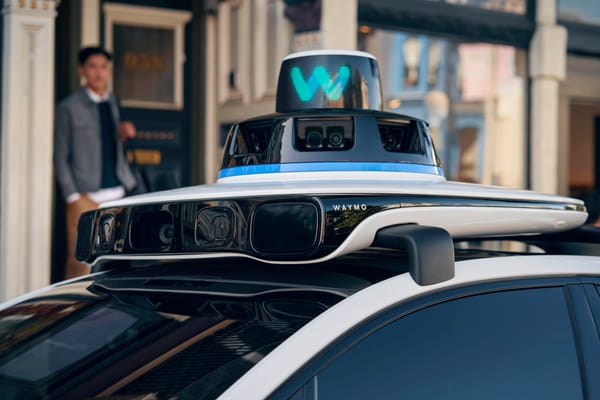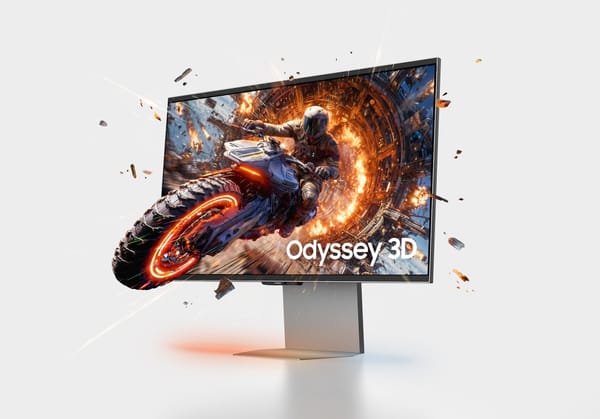Blue Jay and Eluna Signal a New Phase in Amazon's Robotics Strategy

- Amazon introduced Blue Jay and Project Eluna to support warehouse employees through robotic coordination and agentic AI.
- The systems reflect a broader shift toward physical AI that integrates robotics and decision-making into daily operations.
Amazon is entering a new phase in its robotics strategy with the introduction of Blue Jay and Project Eluna. Blue Jay is a robotic system designed to take on physical tasks with coordinated arms, while Eluna uses agentic AI to help managers make faster, more informed decisions. Both systems are built to work alongside employees and improve how people and machines operate together.
“Our latest innovations are great examples of how we’re using AI and robotics to create an even better experience for our employees and customers,” says Tye Brady, chief technologist for Amazon Robotics, in an official news release. “The goal is to make technology the most practical, the most powerful tool it can be—so that work becomes safer, smarter, and more rewarding.”
Blue Jay replaces what used to be three separate robotic stations with one coordinated system of robotic arms that can pick, stow, and consolidate in a single location. Developed in just over a year using digital twin simulations, it was built significantly faster than earlier systems like Robin, Cardinal, and Sparrow. Now operating at a facility in South Carolina, Blue Jay currently handles about 75% of stored item types, according to Amazon. Over time, Amazon says it will serve as a core technology for its Same-Day sites, bringing faster delivery for customers and smarter, safer tools for employees.

Project Eluna adds agentic AI to Amazon’s physical AI strategy by helping managers make real-time decisions based on live and historical data. While robots like Blue Jay focus on physical tasks, Eluna supports the flow of operations by identifying issues early and suggesting how to respond. It’s designed to reduce cognitive strain so leaders can focus more on their teams. Eluna will be piloted this holiday season at a fulfillment center in Tennessee.
Both tools build on earlier systems like Vulcan and DeepFleet and are part of Amazon’s ongoing effort to develop robotics and AI that work alongside employees to improve ergonomics, simplify tasks, and support career growth, according to the company.
🌀 Tom’s Take:
Amazon continues to double down on robotics and AI, not just to streamline operations, but to design systems that keep employees at the center. Tools like Blue Jay and Eluna show how efficiency and worker support are increasingly being built together, not traded off.
Source: Amazon




